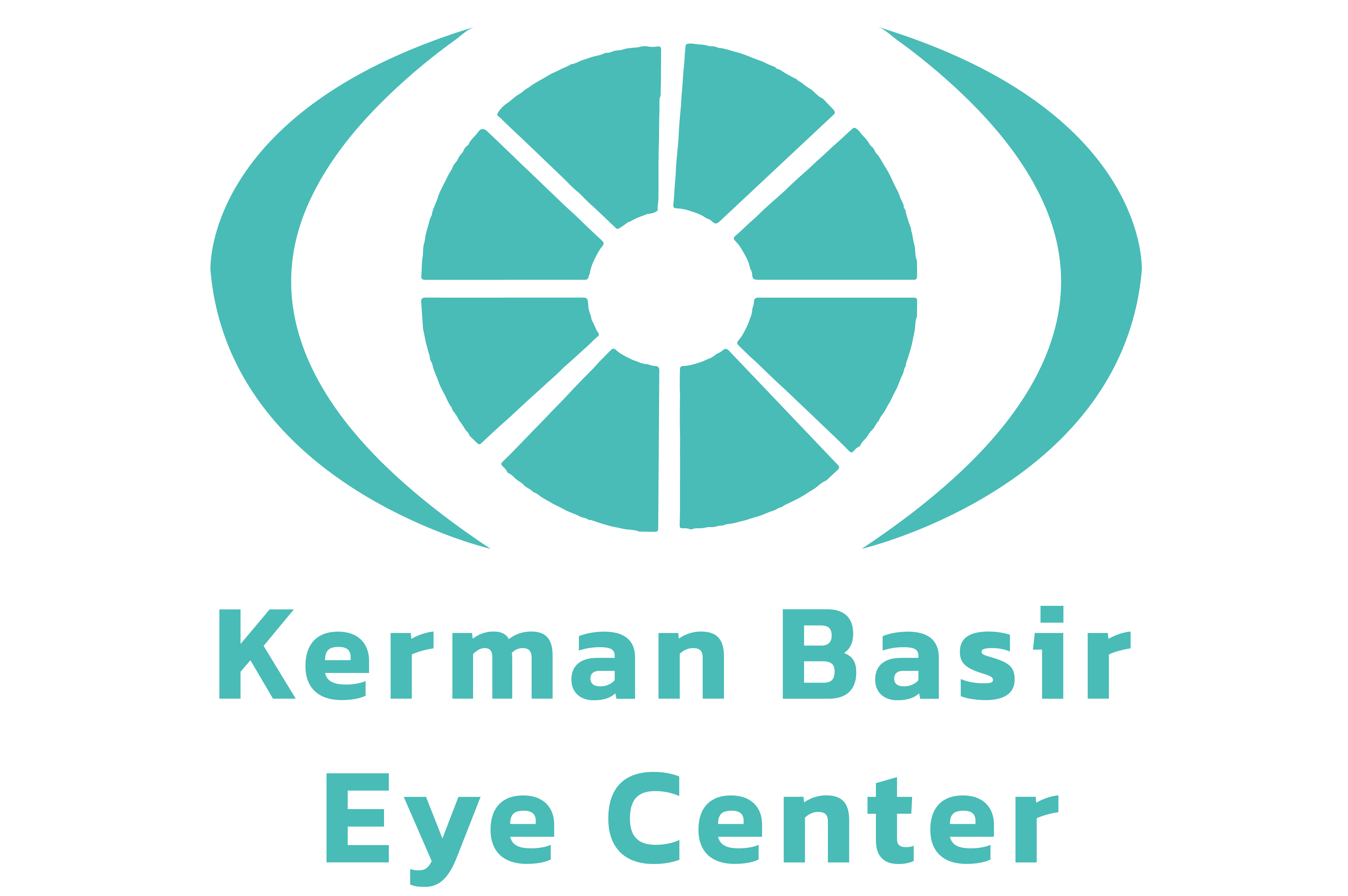For the optimal functioning of the eye, its surface should always remain smooth and polished. Tears perform this important task and also protect the eyes from dust and pollution. In some people, the secretion of tears faces problems. One of these cases is blocking the natural path of tears from the eyes to the nose, which is very annoying. These people suffer from continuous tearing and discharge from the eyes and must be treated with Dacryo Cysto Rhinostomy or DCR.
The cause of this disease is not known precisely and there are various reasons for it, but the important thing is that in most of these people (more than 60% of cases) other anatomical and inflammatory problems of the nose have become problematic; Problems such as deviation of the nasal septum, polyps of the nasal mucosa, sinusitis, etc.
Experience has shown that if such problems are not resolved, there is a possibility that the surgery to remove the blockage of the lacrimal duct will not achieve the desired result.
Known causes of lacrimal duct obstruction
– Acute and chronic inflammations of the lacrimal duct
– hit
Congenital lacrimal duct obstruction
Symptoms of lacrimal duct obstruction
– Tears
– Eyelid swelling
– Swelling of the lacrimal sac
– Purulent discharge
– Blurred vision
– Feeling of pain in the face
– Lacrimal sac inflammation
– Conjunctival infection
– How to treat
How to do DCR surgery
In DCR surgery, which should preferably be performed by an “eye plastic and reconstructive specialist”, by creating a bone channel in the inner corner of the eye towards the nose, a new tear channel will be created so that tears can move from that path to the nose. This is done in two ways:
External method
In external eye DCR surgery, first a one to two centimeter incision is made in the inner corner of the eye and on the outer wall of the nose to allow access to the lacrimal duct.
In some patients, it is necessary to place a silicone tube in the lacrimal holes of both eyelids towards the nose to create a new channel. This tube is removed after one or several months on an outpatient basis in the clinic.
Endoscopic method
In this method, the surgeon first removes the problems inside the nose with the help of an endoscope, and then, without making an incision in the skin, opens a new lacrimal duct for the direct drainage of tears from the lacrimal sac into the nose (in this method, the surgical site – scar – on the skin does not remain).
– It should be mentioned that the acquired obstruction of the lacrimal duct to the nose is a relatively common disorder, and adult tear duct obstruction surgery as an outpatient surgery is an acceptable technique to treat this problem.
The success rate of this operation is more than 90%, it has relatively few side effects, and it frees the patient from the uncomfortable problem of eye tears forever.
Preoperative measures for lacrimal duct obstruction
Before the operation, the following actions are performed:
Complete ophthalmological examination and examination of the condition of tears and lacrimal sac
Perform fluorescein test
Postoperative care of lacrimal duct obstruction
Accurate and regular use of prescribed drugs, especially antibiotic and steroid drops
Avoid rubbing eyes and nose
Refrain from finning
Note: If the patient experiences nosebleeds 24 hours after the operation, the head should be kept at an angle of 30 degrees, and if the bleeding is not controlled or is through the throat, the patient should go to the medical center.
Possible complications of the endoscopic procedure
Endoscopic procedures for adult lacrimal duct obstruction are typically painless or with very mild pain that can be controlled with acetaminophen and prescription pain relievers. Infection is also rare, however many surgeons prefer to use antibiotics after surgery. Bleeding is also very little and will be significant only in rare cases.
It should be noted that unlike the centers that perform tear duct surgery only by an ophthalmologist or an ear, nose and throat surgeon, in Noor Ophthalmology Hospital, this complex operation is performed by a team consisting of an eye plastic surgery specialist and a The subspecialty of sinus and nose surgery is performed jointly and in one appointment.
